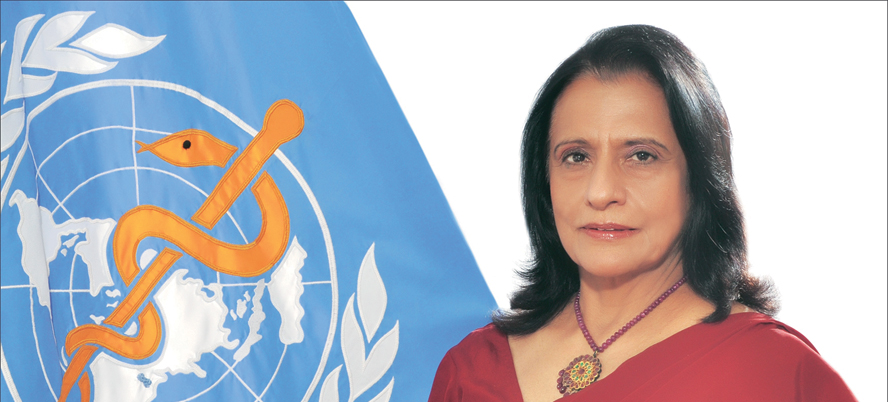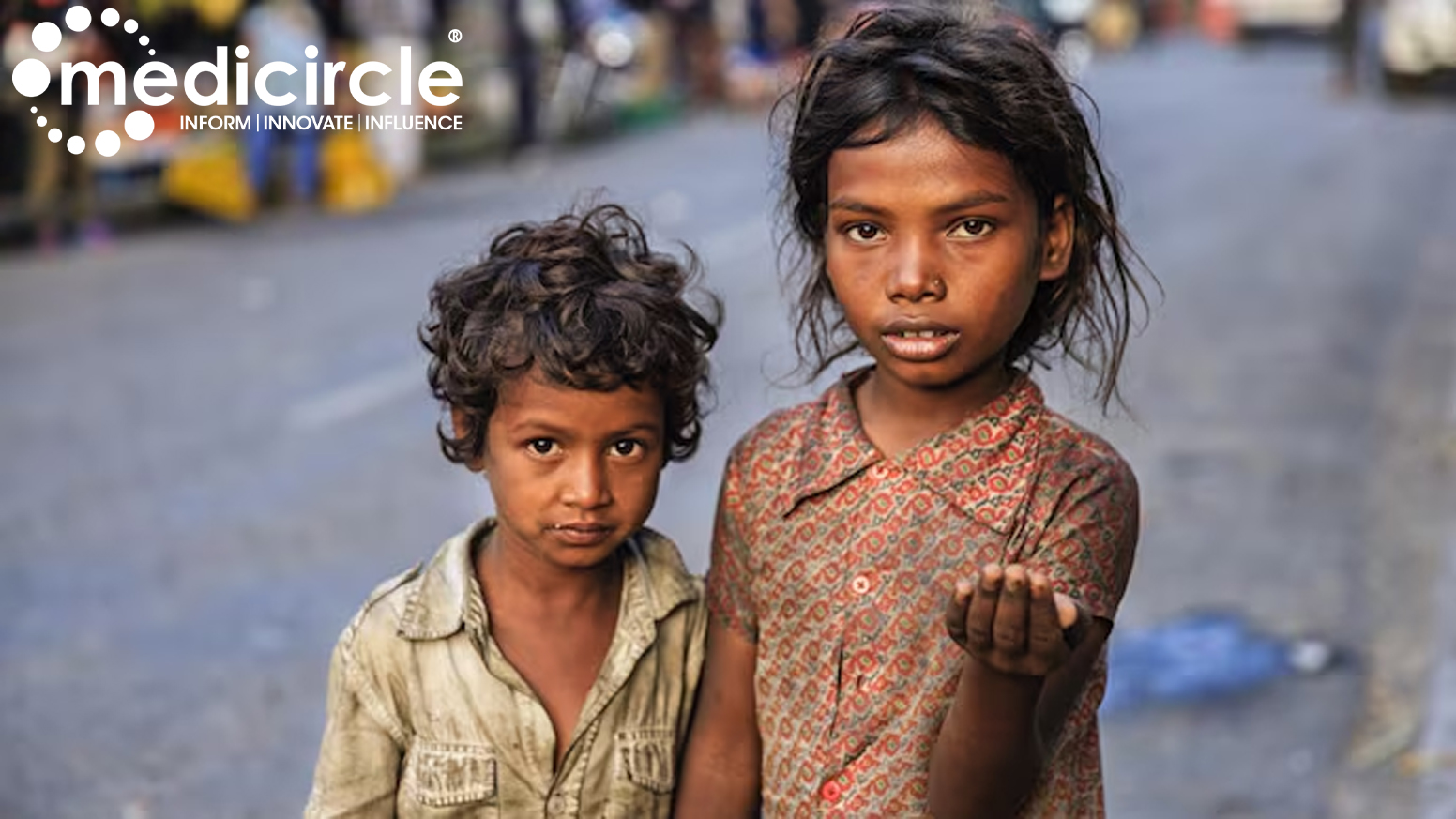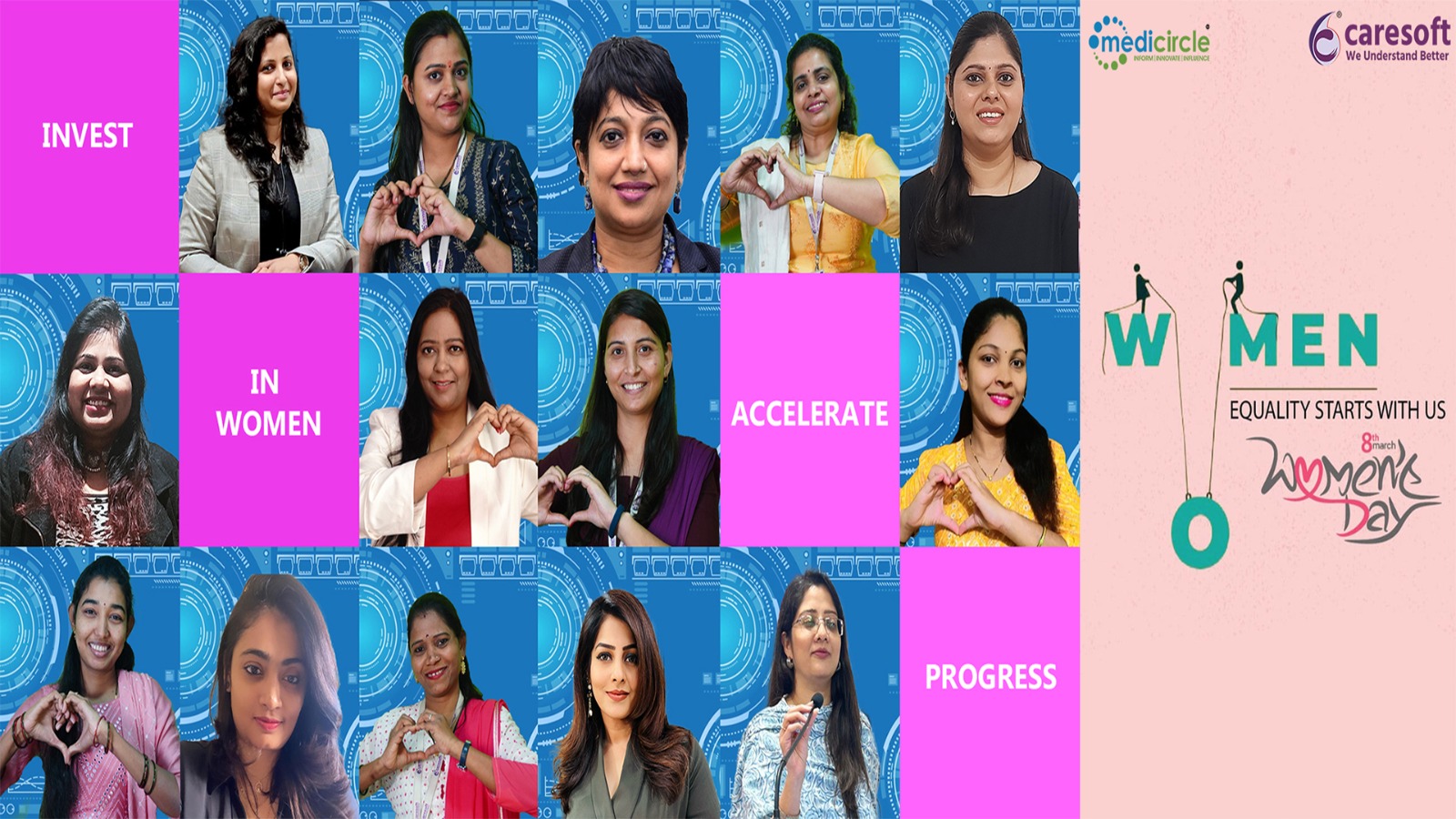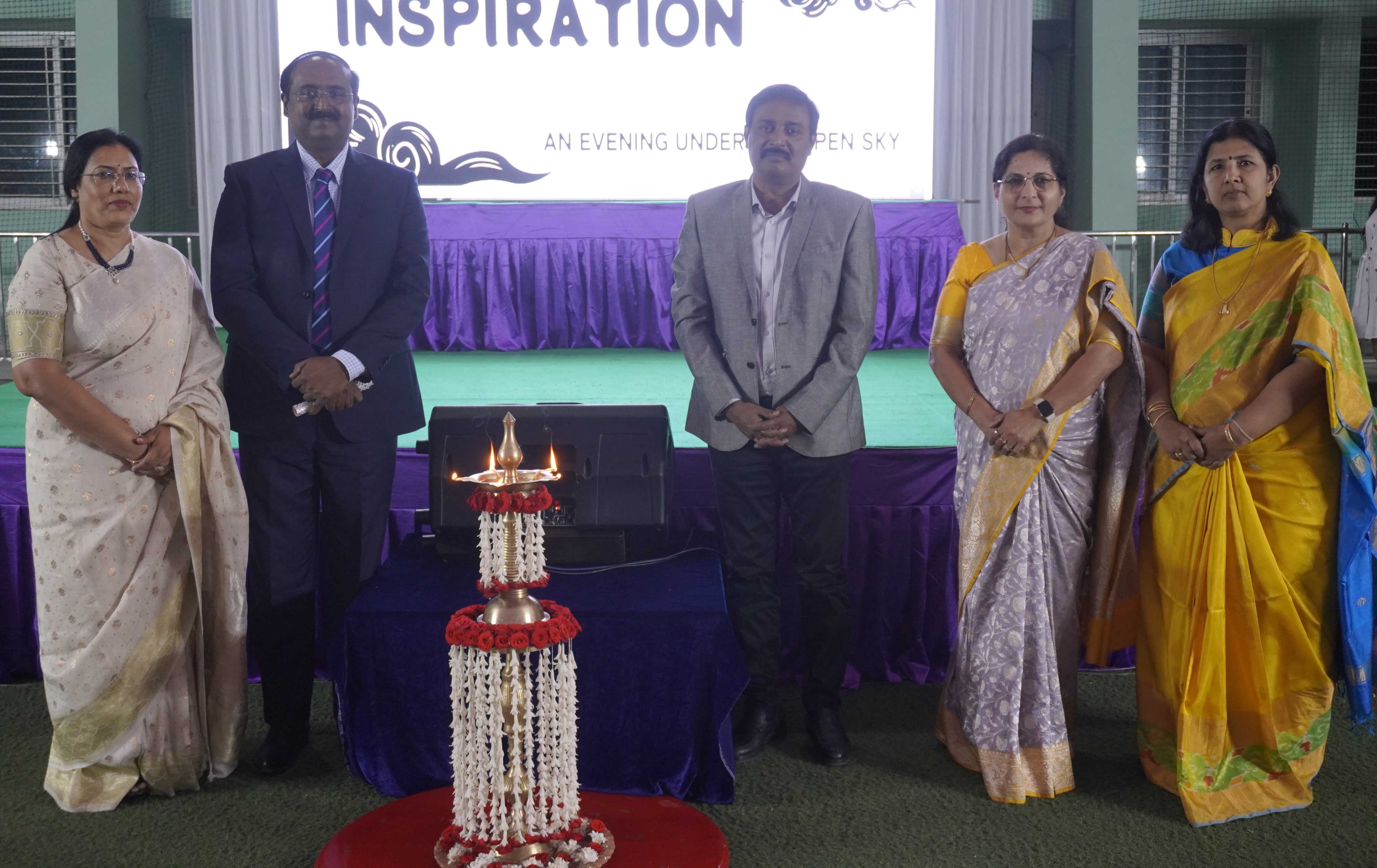Antimicrobial resistance (AMR) is a global crisis that threatens the future of our most precious drugs: antibiotics. Across the world, AMR kills an estimated 700 000 people annually, including 230 000 from multi-drug resistant tuberculosis. By 2050, unless urgent action is taken, AMR is expected to kill 10 million annually. Antibiotic-resistant bacteria are responsible for a substantial proportion of the AMR burden. The emergence and spread of resistant bacteria is accelerated by the overuse and misuse of antibiotics in human and animal health.
The WHO South-East Asia Region is taking decisive action to combat AMR, which since 2014 has been a Flagship Priority. All Member States have developed a national multi-sectoral action plan to address AMR. They are now implementing them. Each Member State has signed on to the Global Antimicrobial Resistance Surveillance System, a key initiative that will advance AMR-related research. Region-wide, the Tripartite Collaboration on AMR, which comprises WHO, the Food and Agriculture Organisation (FAO) and the World Organisation for Animal Health (OIE), is addressing vulnerabilities in the human and animal health sectors, as well as in agriculture. Ensuring antibiotics are used rationally continues to be a core priority.
The Region’s progress must be sustained. It must also be accelerated – an outcome the new WHO-convened Regional Taskforce for AMR will help achieve. In pursuit of the Region’s Flagship Priority on AMR, as well as its quest to achieve universal health coverage, health authorities Region-wide should adopt and implement several high-impact interventions.
First, WHO’s AWaRe classification tool should be fully harnessed. The AWaRe tool groups antibiotics into three main categories – ‘Access’, ‘Watch’ and ‘Reserve’ – based on their strength and potential impact on AMR. By adopting the tool’s classification scheme, health authorities can more effectively monitor antibiotic consumption, align their essential medicines list (EML) with WHO’s Model EML, and update or establish treatment guidelines that increase the appropriate use of antibiotics. Each outcome will fast-track preventive efforts.
Second, increased focus should be given to strengthening infection prevention and control (IPC) in health care facilities. Clean water, adequate sanitation and essential equipment are all crucial to providing health care that is of adequate quality and which minimises healthcare-associated infections. So too are health workers and facility staff that are trained in and implement IPC. All efforts should be made to ensure that health facilities from the primary level up are fit for purpose, and do not serve as AMR incubators.
Third, political leadership, advocacy and coordination on AMR should be scaled up. This is especially so when it comes to empowering all people to take responsibility for the future of antibiotics – the theme of this year’s World Antibiotic Awareness Week. From promoting the appropriate prescribing of antibiotics to emphasising the need to reduce antibiotic usage in the animal sector, leaders from all sectors should drive home an important point: The future of antibiotics is in our hands.
WHO is committed to supporting Member States as they continue to go from strength to strength in the battle against AMR. Together we can improve antibiotic treatment, increase access to antibiotics and reduce antimicrobial resistance. Together we can secure the future of our most precious drugs and rollback the global AMR crisis. We must act decisively. We must act now.

 Dr Poonam Khetrapal Singh, WHO Regional Director for South-East Asia says that emergence and spread of AMR is due to overuse and misuse of antibiotics in humans and animals
Dr Poonam Khetrapal Singh, WHO Regional Director for South-East Asia says that emergence and spread of AMR is due to overuse and misuse of antibiotics in humans and animals




















.jpeg)

.jpeg)
.jpeg)
.jpeg)

.jpeg)
.jpeg)
.jpeg)
_(1).jpeg)

_(1)_(1)_(1).jpeg)
.jpeg)
.jpeg)
.jpeg)






